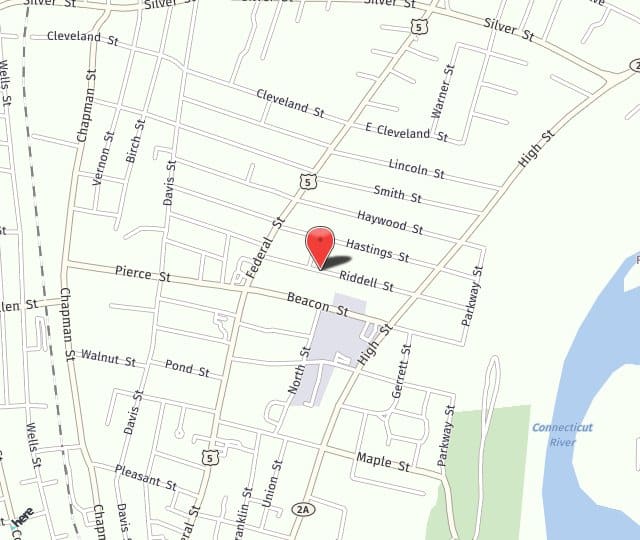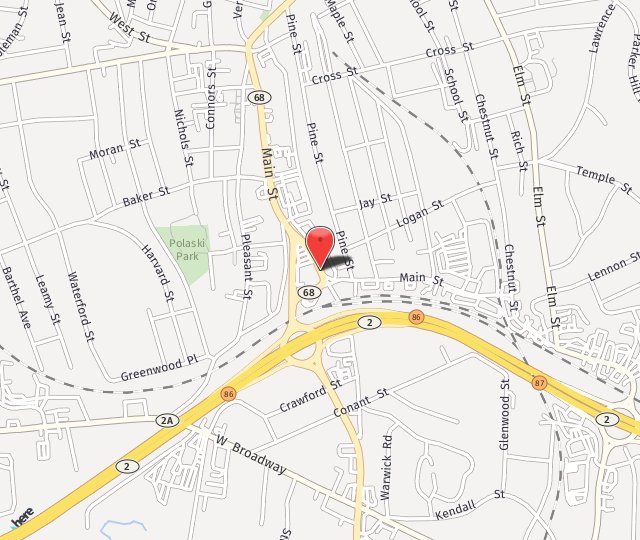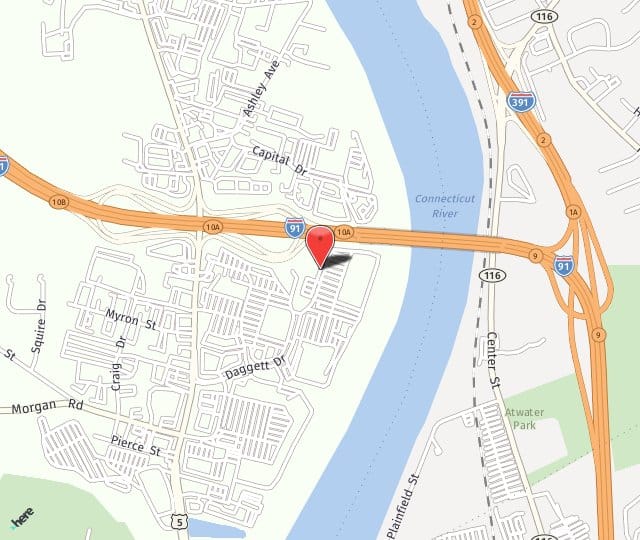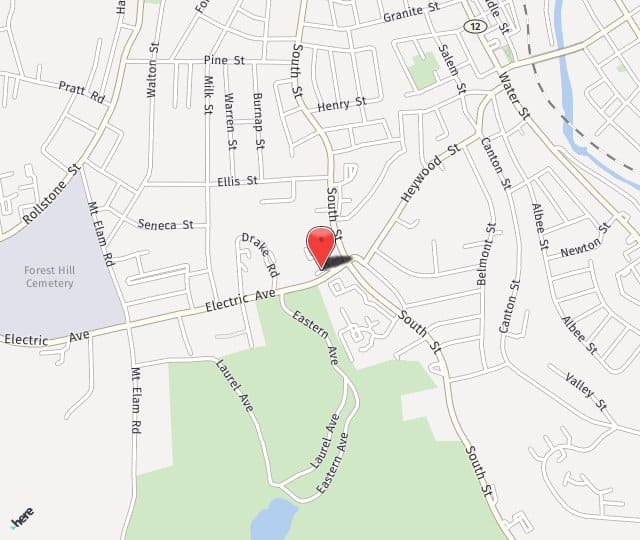
What Is Glaucoma?
Glaucoma is a disease of the optic nerve. It causes a characteristic loss of nerve tissue manifested by loss of nerve cells or axons going into the optic nerve. There are many different types of glaucoma. Two of the most common are the primary open angle glaucoma and angle closure glaucoma. Glaucoma is not a lifestyle disease. Diet or lack of exercise is not a cause of Glaucoma like so many other illnesses. Dial 1-800-676-5050 today to learn more or to book a one-on-one glaucoma consultation at our office!
Glaucoma Causes
While we always recommend a healthy lifestyle, the cause of glaucoma is largely due to genetics, family history, and simple aging. Over 100 genes have now been found to cause glaucoma. It is important to realize that sometimes these genes can show up even without a family history. Glaucoma continues to be one of the leading cause of blindness worldwide. While there is no cure for glaucoma, there are many treatments to manage and control glaucoma. All of these treatments at the Eye And Lasik Center require ongoing care.
Types of Glaucoma:
- Chronic or primary open-angle glaucoma
- Acute closed-angle glaucoma
- Congenital glaucoma
- Pigmentary glaucoma
- Secondary glaucoma
Glaucoma Treatment
Glaucoma treatment consists of three methods including medications, laser, or surgery. The treatment is based on the type of glaucoma and the severity. For mild “open angle” glaucoma, a once a day drop may be all that is necessary. For “closed narrow-angle” sometimes called acute glaucoma, a laser procedure is often done called a laser iridotomy. This creates a small hole in the iris and allows for fluid to easily pass through the eye into the drainage canals and prevents the iris from blocking fluid in this time of glaucoma. Another type of laser glaucoma treatment is called Selective Laser Trabeculoplasty (SLT) which is for “open angle” glaucoma allows better fluid drainage from the eye. SLT has a good safety record and can also be used in place of drops as a good alternative. New laser option called Micropulse Laser Trabeculoplasty (MLT) is now available.
Durysta Implant
The Durysta implant is a new FDA approved dissolvable implant for the treatment of Glaucoma! Once the implant is placed into the eye it slowly releases medication and manages eye pressure for several months. DURYSTA is a tiny, dissolvable implant your eye doctor places in your eye. As DURYSTA dissolves, it automatically releases medicine to help reduce high pressure inside your eye. DURYSTA should not be given in the same eye more than once.
Trabeculectomy And Tube Shunt Procedure
Surgery for glaucoma Trabeculectomy and Tube Shunt procedure typically involves making a new drain. It is only done for more serious types of glaucoma when vision is threatened. Some newer techniques of glaucoma treatment such as stents and ciliary ablative procedures are also offered at Longwood Eye & LASIK. It is important to know that all medications, lasers, and surgeries have unique benefits and risks. A discussion with your doctor will help determine which glaucoma treatment is best for you.
Glaucoma Symptoms
Early glaucoma has no symptoms. This can be a problem because even though you have no symptoms, the damage to your eye is being done. Often the cause of glaucoma is high eye pressure but there are cases in which the eye pressure is normal. These cases are known as low pressure or normotensive glaucoma. Early detection is key to preventing vision loss.
Glaucoma Diagnoses
Routine eye exams are important to check for glaucoma and detect it in its earliest stages. A dilated exam and check of eye pressure is done as well a variety of other tests such as optic nerve function, imaging tests, and peripheral vision exams. Glaucoma treatment is most effective in preventing further deterioration of the nerve in the early stages.
Why Are There So Many Tests Necessary for Glaucoma?
Glaucoma treatment begins with a diagnosis, but Glaucoma is not easy to diagnose in its earliest stages. Detecting progressing disease can be tricky. Each test uses different methods to measure optic nerve function. Imaging tests called retinal nerve fiber tests or Optical Coherence Tomography (OCT) tests measure the thickness of the optic nerve fibers. Visual field tests (VF) measure the sensitivity of light seen in the peripheral vision. This is one key finding in all glaucoma especially as it advances. A new technique known as VEP or ERG testing is now available at the Longwood Eye & LASIK Center. These tests measure the electrical signals from the optic nerve or retina and can detect subtle abnormalities in function.
Advanced Testing is Now Available
A study from Bascom Palmer Eye Institute in Florida found this new test can detect glaucoma 8 years earlier than our traditional ODT and VF tests. All tests can have false positives and false negatives and variability. The only way to know if a patient is truly getting worse is to do these tests multiple times. With this information, your doctor can develop a “rate of progression” and be able to know how aggressively to conduct glaucoma treatment. This allows your doctor to personalize your care to your particular needs.
Diagnostic Equipment Used For Glaucoma Treatment
OCT
Ocular Coherence Tomography (OCT) is a state-of-the-art diagnostic technology that provides direct, real-time, cross-sectional images of the retina. This technology is much like ultrasound technology, except it uses light waves rather than ultra-sound waves. The OCT scans an infrared red light across the retina, which generates a cross-sectional image of the tissues in great detail.
This test is quick, requires no dilation, and enables the doctor to view and accurately measure structural changes in the retina, as if it were under a microscope. The high-resolution images produced by OCT allow for early diagnosis and treatment of a wide variety of conditions, including glaucoma, macular edema, macular hole, and age-related macular degeneration
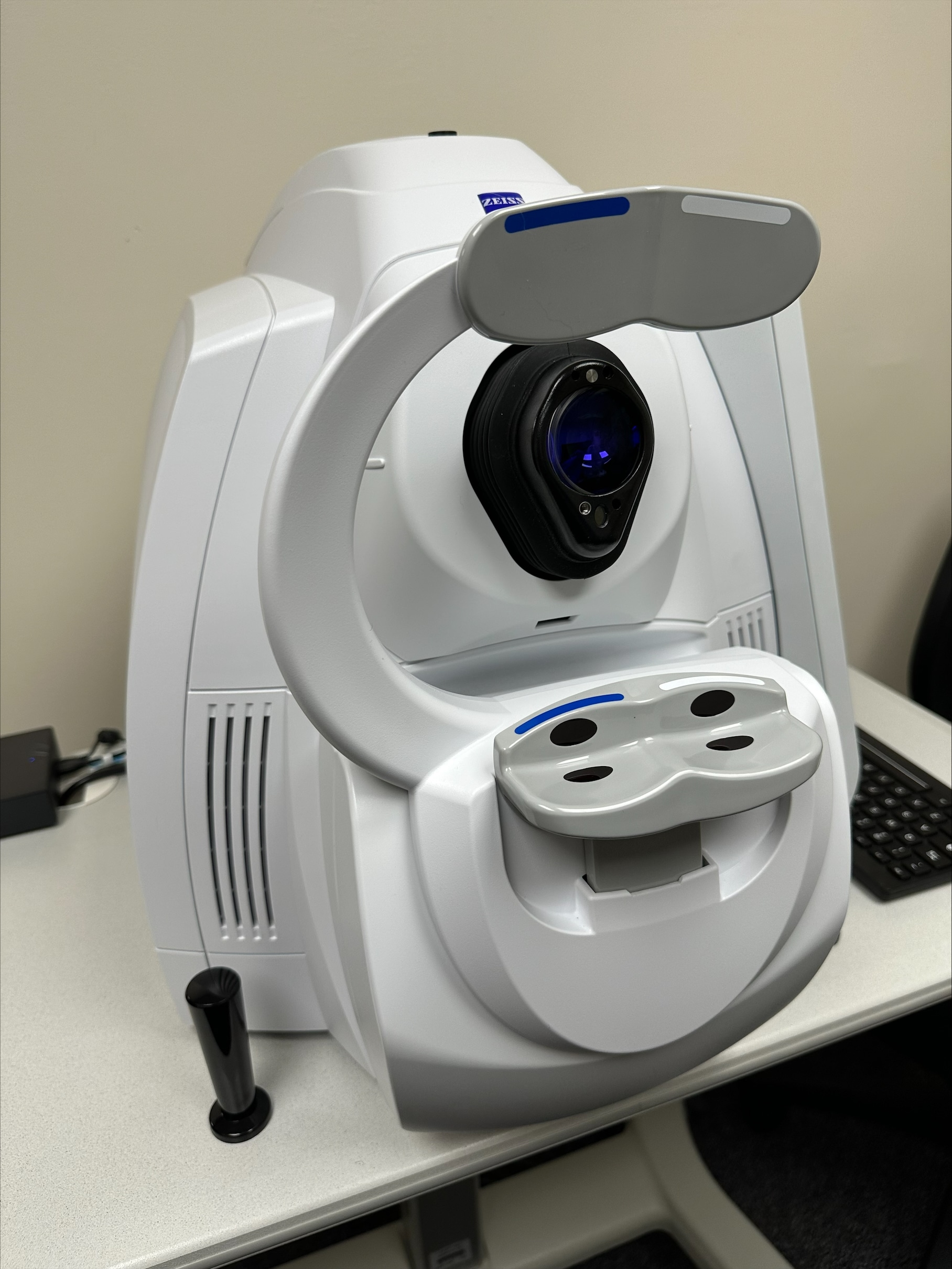
Zeiss OCT
HVF
The Humphrey Visual Field (HVF) analyzer is a sophisticated instrument used to provide a computerized measure of peripheral vision. The analyzer can detect visual field defects before they become symptomatic. It is an essential tool in the detection and management of a variety of eye and central nervous system diseases, including glaucoma, stroke, and brain tumors.
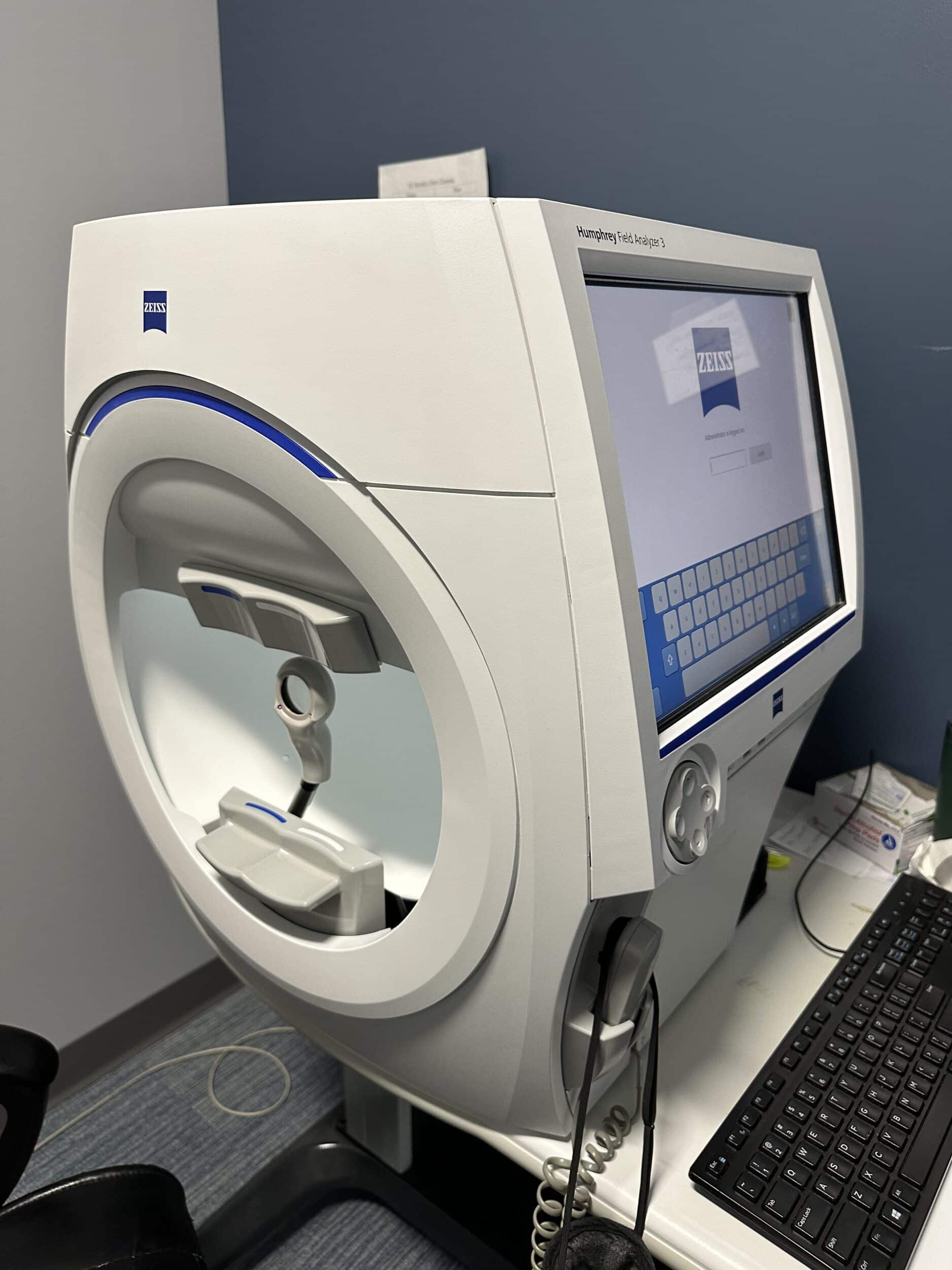
Risks of Glaucoma
Glaucoma is still the second leading cause of preventable blindness in the USA despite all our treatments. The main reasons for this is the fact that the disease has no symptoms at the beginning of the disease, problems adhering to medications that may have side effects, and compliance with difficult treatment regiments. Uncommonly the disease itself is difficult to treat due to its unique genetics. It is important to know there is great variability in glaucoma.
It is important to know there is great variability in glaucoma. It’s not really one disease but a disease of a thousand different causes and the ones unique to you, we can treat. The good news is that with today’s early diagnosis, better diagnostic instruments, better medications, improved surgeries, and good follow up care, the vast majority of patients will avoid any serious vision loss. Glaucoma is clearly an illness that needs careful medical care to optimize good results.
Schedule Your Glaucoma Consultation In Greenfield!
If you are in need of glaucoma treatment contact one of our Massachusetts locations. Call 1-800-676-5050 to schedule a consultation today!

